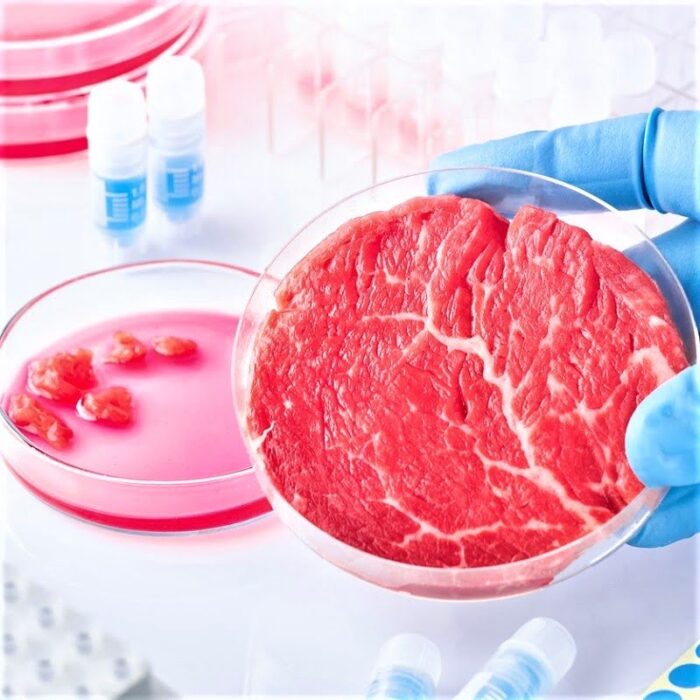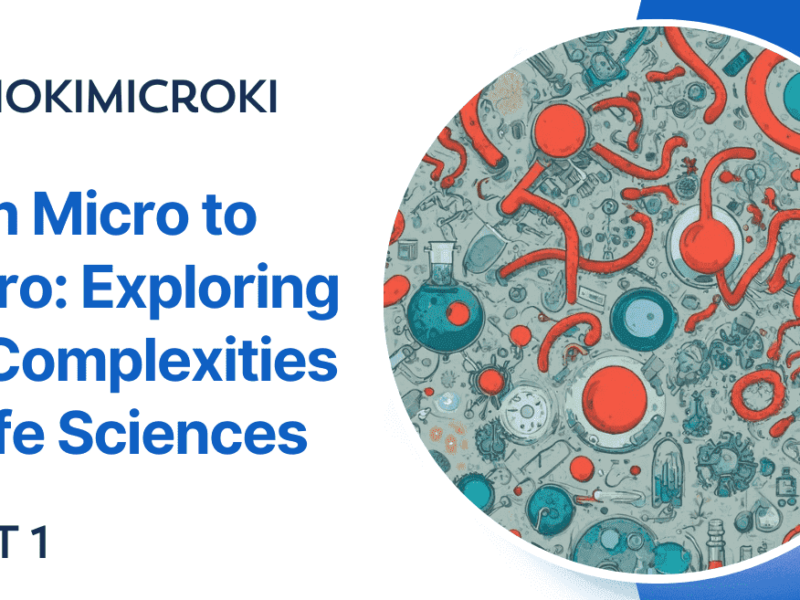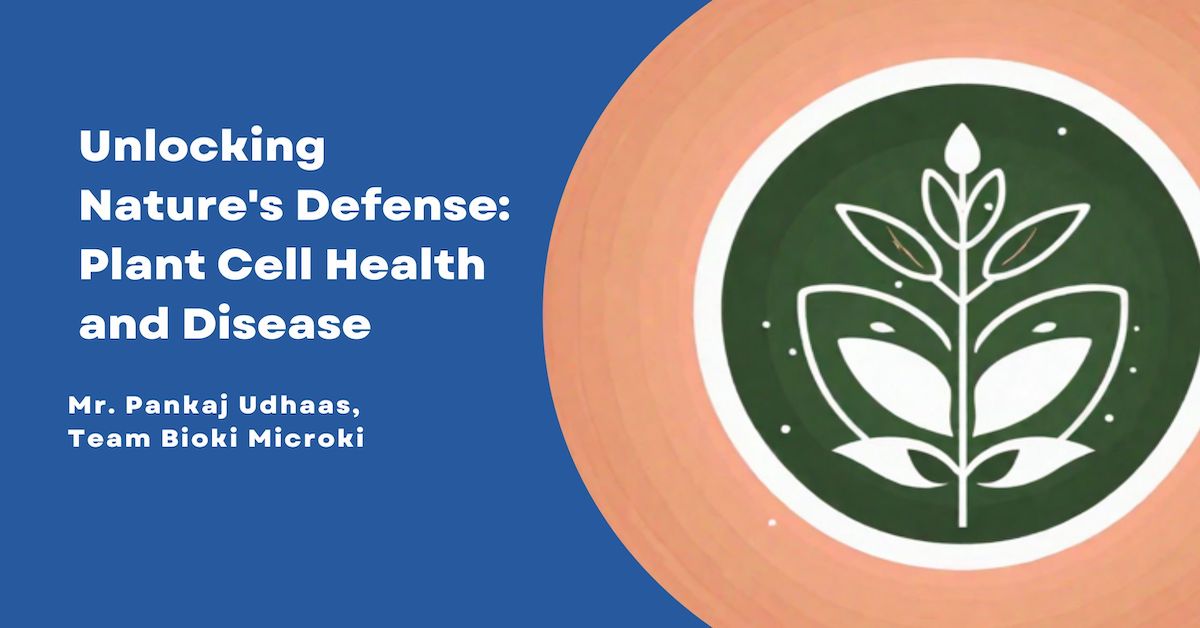Animal cell culture needs essential nutrients & physical conditions and there is also need of different approaches for culturing the animal cells.
While culturing animal cells in laboratory, it is vital to provide essential nutrients like carbon and nitrogen source, vitamins and growth factors; and physical conditions like temperature, pH, gases etc. It is also very important to provide different media and environment as per the needs of the cells. Based on the requirement, the animal cells are cultured in laboratory by using following approaches –
- Feeder Dependent Culturing
- Feeder Free Culturing
- Suspension Culture
Feeder Dependent Animal Cell Culture –
Feeder cells are used for those invitro animal stem cells which need adherence for their growth. To proliferate and differentiate the in-vitro animal stem cells, they co-cultures with feeder cells. The feeder cells not only provide adherent support but also growth factors, extracellular matrix proteins and metabolites that support animal cells growth, multiplication and maintain pluripotency. Hence, the feeder cells provide ambient environment for invitro animal cells. For culturing adherence dependent animal cells, the plate or flask is prepared by layering it with feeder cells. The isolated animal cells grown on the layer of feeder cells.
Before using feeder cells to nurse the in-vitro animal cells, they are treated in order to arrest their cell division. Because we do not want the feeder cells to multiply and increase their population. If Feeder cells are allowed to multiply, then they may inhibit the growth of desired animal cells.
Methods for Obtaining Feeder Cells –
- Gamma Irradiation – Gamma radiation can cause breaks in the double stranded DNA causing inhibition of DNA replication. The Feeder cells’ suspension in DMEM media is exposed to gamma radiation. After the treatment, the plate is layered with gamma radiated feeder cells and allowed to adhere the surface of plate. It is one of the most efficient method for arresting the mitosis of feeder cells but it is very expensive method.
- Mitomycin – C (MC) – It is an alkylating agent that inhibit DNA replication by causing the cross linking of complementary strands. The feeder cells are incubated with mytomycin C for 2 hours. After the treatment, the feeder cells are washed with washing buffer to remove the remnants of Mytomycin – C. Once the feeder cells are ready, they are layered in petri plate or flask. This treatment is comparatively cheap and hence more preferred over gamma radiation.
Source of Feeder Cells-
The feeder cells can be obtained from mouse. The most commonly used are Mouse Embryonic Fibroblasts (MEFs). The MEFs’ cell division is arrested by treating it with either gamma radiation or mytomycin-C. The problem with MEFs using as feeder cells for growing human cells is xenobiotic. Xenobiotic means a substance which body consider as foreign. Because MEFs and human cells are from different host hence consider them as foreign. To overcome the xenobiotic issue, human foreskin fibroblasts are used.
Feeder Free Animal Cell culture –
The recent advancement in the cell culturing technique, the stem cells can also be grown on extracellular matrix. The extracellular matrix have found to promote the stem cells growth and maintain its pluripotency. The appropriate combination and balance of nutrients and growth factors allows the stem cells to grow on extracellular matrix.
The anchorage dependent cells a support for their growth. The support is provided in the form of substrate like lfibronectin, aminin, collagens with proteoglycan and matrix proteins. The affinity for substrate varies from cell to cell type. While transferring the heterogeneous culture from one flask to another, the adhesive cells remain attach to the flask and least adhesive cells will get transferred to the new flask. If we wish to obtain some desired cells from heterogeneous culture, then it is treated with collagenase or trypsin. These enzymes break the adhesion substrate due to which cells get detach and can be removed.
Suspension Animal Cell Culture –
The suspension culture of animal cells are not like bacterial and yeast cells, which can be grown in suspension, most cultured animal cells require a surface to grow on. In Animal cell suspension culture, the animal cells grow on adhesive substrate like plastic, glass, palladium, metallic surfaces etc.) or non adhesive like Agar, Agarose, Methocel etc. The animal cells in suspension culture will adhere to substrate ad secrete extracellular matrix. The extracellular matrix make the adhesion strong. To improve adhesion, the substrate can also be treated with purified fibronectin or collagen. Different cell types have different affinities for different substrate. The animal cells can be selectively detached from substrate using enzymes. In Suspension culture, the cells adhered to substrate will multiply and forms a invisible colony within 10 to 14 days.
References –
https://pubmed.ncbi.nlm.nih.gov/25659081/
https://www.ncbi.nlm.nih.gov/pmc/articles/PMC4533020/
https://core.ac.uk/download/pdf/143841169.pdf
Dr. Sangha Bijekar has 9 years of Teaching Experience at University level. She loves to get engage in teaching and learning process. She is into blogging from last two years. She intends to provide student friendly reading material. She is avid Dog Lover and animal rescuer. She is learned Bharatnatyam and Katthak Dancer. She is into biking and She also loves to cook.


